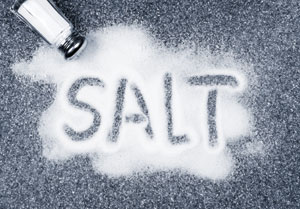
|
More than four out of 10 consumers (44%) claim they “always” or “usually” consult the Nutrition Facts Panel and/or ingredient list to assess sodium levels when making their food purchase decisions. Some 51% “always” or “usually” notice the fat content; sugar garners the attention of 47% of dieting shoppers; while calorie counts “always” or “usually” factor into 49% of consumers’ decisions.
“The relatively high incidence of dieting in the U.S. is one key factor driving demand for low-sodium products,” says Molly Maier, senior health and wellness analyst at Mintel. “Our findings indicate that fat and calorie counts are more likely than sodium to influence purchase. Thus, companies may be able to maximize the appeal of low-sodium foods by also showing, where appropriate, that they are low in fat and calories.”
A majority of consumers (62%) believe manufacturers should be responsible for disclosing how much sodium is in their products, but less than half of those surveyed believe manufacturers should implement sodium restrictions. Fewer still (34%) believe the government should do so.
Some 59% of respondents “always” or “usually” limit salt consumption when at home; 44% “always” or “usually” do so when dining in a restaurant.
“This indicates that while restaurant chains can often benefit from sodium-reduction initiatives, they are especially important for manufacturers of packaged foods, including those that make sauces, condiments and other flavor enhancers often used to prepare meals at home,” adds Maier.
Some 16% of respondents had never tried reduced-sodium packaged foods but would consider trying them. Another 59% indicated they had tried such foods and would use them again in the future.
